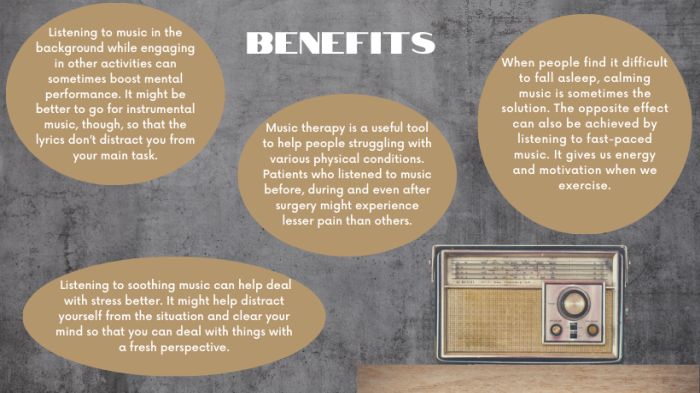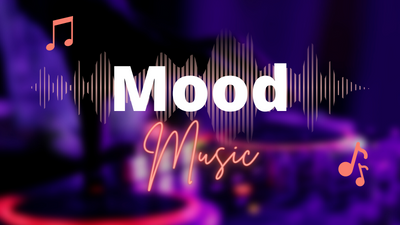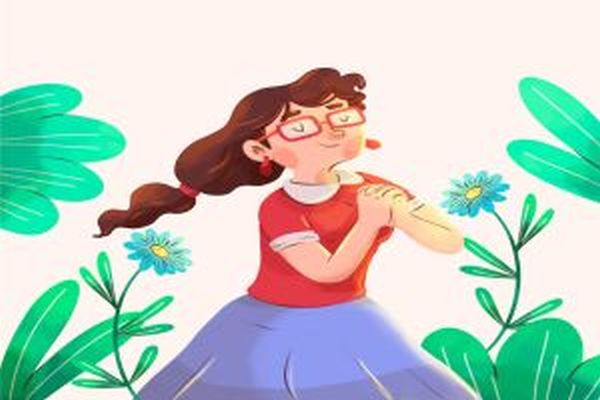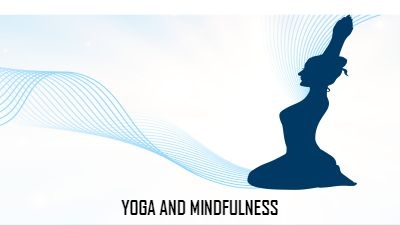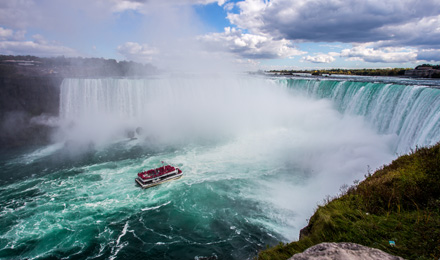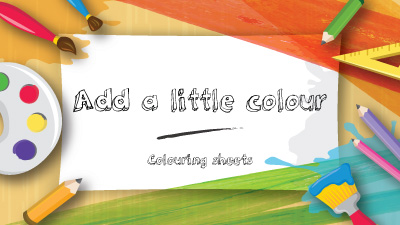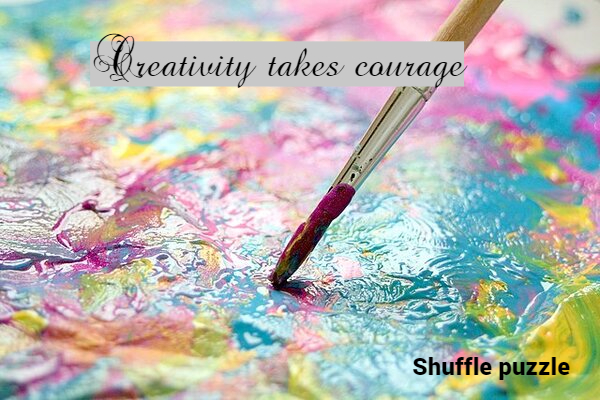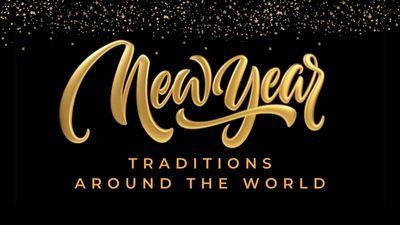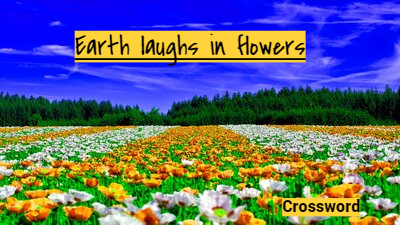Did you know that Yoga was good for mind-body wellness? Here are a few asanas that you can try.
What is mindfulness? It means paying full attention to something; really slowing down to notice what you are doing. In short, it is about living in the moment and appreciating every little thing. Conscious practice of mindfulness promotes overall wellbeing, and one way to do so is through Yoga. Check out these asanas and select the right answer for each question.
The lotus pose
Sit with your spine erect and legs stretched out in front. Now, bend the right knee and place on the left thigh. Ensure that your sole points upward and the heel is close to the abdomen. Repeat the same with the right side. Place your hands on the knees, palm facing upwards, and thumb touching the index finger. Breathe deeply for as long as you can.
The easy sitting pose
Sit upright on the ground. Now, cross your legs so that the knees point towards the floor. Put your hands on your knees with palms facing upwards and breathe deeply. Repeat a few times.
The warrior pose
Stand with legs spread apart. Turn one foot outwards at the heel and the other inwards. Lift both arms sideways to the shoulder height. Now bend the knee of the foot turned outwards at a 90° angle. Hold for a few seconds. Repeat on the other side.
The child pose
Sit on your knees with your knees apart. Now stretch your arms out in front of the body and bend till your forehead touches the floor. Hold for a few seconds and repeat.
The tree pose
Stand erect on one foot. Place your other foot on the knee or thigh. Now, fold your hands and raise them above your head. If you find it dfficult to balance, start with folding your hands before your chest. Next, focus on a specific spot or unmoving object for a few seconds while holding your breath. Repeat on the other side.
The butterfly pose
Sit on the ground with your feet touching each other and your knees pointing outwards. Next, lift your legs and bring them down without lifting your feet. The action should be like a butterfly flapping its wings.
The corpe pose
Lie on your back with your feet 15 inches apart. Rest your arms at the sides, a little away from the body, with the palms facing upwards. Close your eyes and breathe in and out. Be aware of every breath you take. Do this for a few minutes every day.
The seated forward bend
Sit with your legs straight out, in front of you. Ensure that the back of your thighs, calves, and heels are pressed into the ground. Slowly bend forward without bending your knees and try to touch your feet as you breathe out. If you can’t touch your toes, stretch as far as you can without bending the knees. Hold for a few seconds and return to the upright position. Repeat a few times.
The downward-facing dog pose
Go down onto your hands and knees. Your hands should be a little in front of your shoulders and your knees aligned with your hips. Lift your knees off the floor as you exhale. Keep your elbows straight. Now, lift your hips so that your body forms an inverted ‘V’ and lower your face as if to look at your navel. Hold the position for a few seconds and return to the first position.
